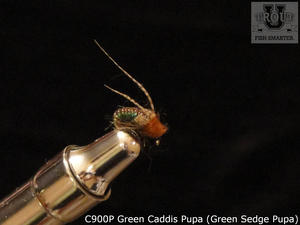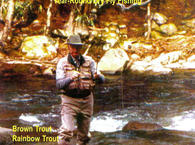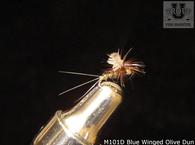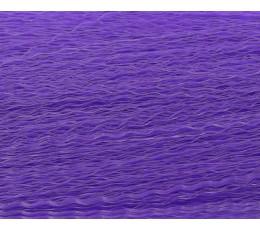Does color matter when we select trout fishing lures or flies? How often does fly tyers and fly fishermen ask that question and speculate about it? This is a difficult question to address, but let's take a quick look.
First and foremost, the most important objective when trout fishing is to match the food available to the trout at that time; in other words, “match the hatch”. But, there is some evidence that appropriate colors under certain conditions will improve your chances.
Here is a summary of some of the key points regarding the importance of color when trout fishing:
In clear water when fishing on the surface the reds and the oranges often are best.
Chartreuse and white or red and white produce the most contrast and are the best combinations under any light.
Black, due to its contrast is the most visible color under most conditions and best at night.
Use darker colors like black, blue and violet under low light or when fishing deep.
Use more artificial material like tinsel that reflect polarized light when light conditions are low.
Use fluorescent colors like green or chartreuse in greenish waters or deep waters.
In the end result, color may be more important to the fisherman than it is to the torut!
More details:
Humans can see what is called the visual spectrum of light. The colors within this spectrum are determined by wavelengths of the light, with the longer wavelengths being red and orange, the shorter wavelengths are blue and green. Trout may sense other wavelengths of light that we do not detect, including those in the ultraviolet portion of the spectrum.
When light enters the water it becomes scattered or absorbed, depending on its color, causing the intensity to decrease and the color to change. (Note that scattering is responsible for the color of the sky - red or orange when the sun is low, and blue when the sun is higher in the sky.) The longer wavelengths are absorbed more quickly and will penetrate into the water to a much shallower depth than the blues, greens and violets. This has a direct bearing on how the trout will perceive a fly. For this reason, use dark colors if the water is cloudy or other low light conditions such as morning or evening.
A fluorescent color is one that reflects some of the ultraviolet radiation that strikes it as visible light. This visible, reflected light is additive, making the color seem brighter to the human eye. Additionally, since the UV radiation can travel a greater distance underwater, fluorescent colors can provide greater visibilty under the water.






